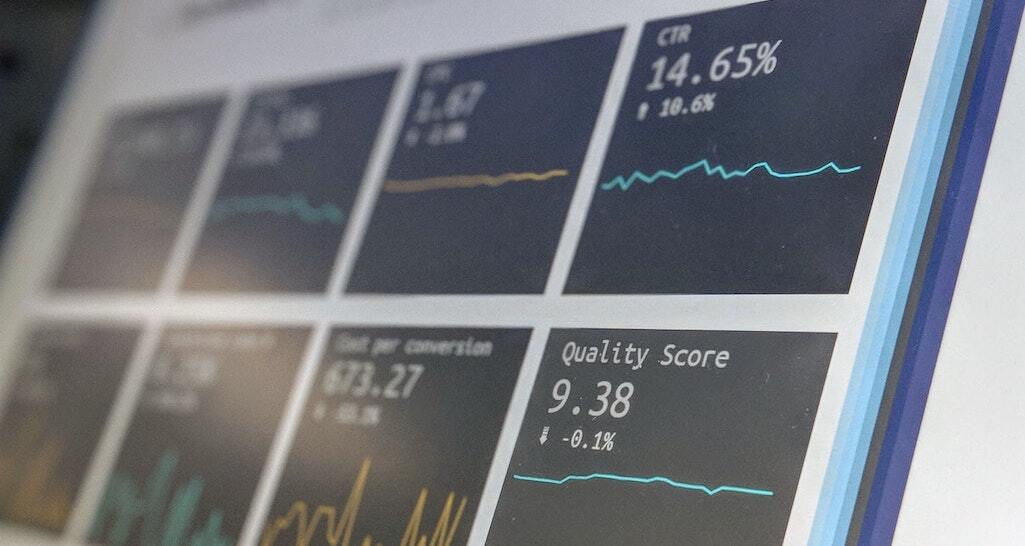SingleStore Webinar: Learn more about Translytical Platforms, Use Cases, and Trends. Featuring Forrester and Data-Sleek. Now available On Demand here.
Translytical Data Platforms are one of the latest trends in data processing. What are they? How do they work? Why should you care about them? In this post, we’ll walk through the basics of a Translytical Data Platform and explain why they could be so important to your business’ success.
Translytical data platforms are described by Forrester Wave as being “designed to support transactional, operational, and analytical workloads without sacrificing data integrity, performance, and analytics scale.”

What Is a Translytical Data Platform?
A Translytical database is a unified data platform. It’s a single database that can handle all of your data engineering, analytical and operational workloads.
Translytical Data Platform is built from the ground up to be cloud native, with a microservices architecture that makes it easy to deploy on-premise or in the cloud.
It’s a fully managed service, with all the security, scalability and availability you need. Translytical Data Platform is built on top of an open source stack, running Apache Spark in containers on Kubernetes. It also includes state-of-the-art data visualization tools for business users who want to leverage their analytics capabilities all through the same database.
The Origin of Translytical Data Platforms
The evolution of data architectures is a result of the need for faster analytics and more flexibility, as well as increased demand for security. The term “data lake” was coined by Gartner in 2014 to describe an architecture that stores raw structured and unstructured data in one place, making it easier for users to access information. This has been commonly used with Hadoop because it can store large amounts of data quickly. However, this type of database lacks structure which makes it difficult to query when needed; therefore it does not allow users to analyze their data quickly enough or efficiently enough for their needs.
This led organizations like Google and Facebook who were using NoSQL databases before they started using Translytical Data Platforms (sometimes called TDPs) because they wanted faster access but still had high scalability requirements.

What Are the Benefits of Using a Translytical Data Platform?
- Accelerate use cases through developer tools and solutions. Translytical data platforms are most often introduced into enterprises to build the next generation of modern applications and insights. Development teams can be more productive if they have tools to create and manage schemas, build data pipelines, and have interfaces (e.g., APIs) to access all of the capabilities of the platforms. Many vendors also offer solution accelerators in the form of sample code, templates, and/or applications to accelerate integrated development environment. Look for vendors that offer tools beyond SQL and simple APIs, such as more advanced design, develop, and testing tools.
- Better data quality: By analyzing data as it is being generated, businesses can identify and address data quality issues in real-time, leading to more accurate and reliable data.
- Deliver comprehensive data management capabilities to support broader use cases. To support new and emerging use cases, such as real-time integrated analytics, extreme and scalable transaction processing, microservices applications, real-time search, and operational insights, a translytical data platform needs comprehensive, built-in data management capabilities. Look for vendors that provide integrated data management support for data integration, data curation, data processing, data transformation, security, metadata management, and connectivity to various data repositories.
- Faster decision-making: With real-time insights, businesses can make decisions and take actions more quickly.
- Improved customer experiences: Translytical data can help businesses deliver personalized experiences to customers based on real-time data.
- Provide a unified view of all your data with comprehensive translytical capabilities. Translytical databases provide a single source for all your data, regardless of where it’s stored. You can use this platform to access and analyze the full spectrum of information you have about customers, products, and processes–including structured and unstructured sources such as spreadsheets and text documents and still support analytic workloads. This makes it easier for you to make better decisions about how to run your business.
- Access data from any source. A translytical data platform also makes it easy for users in different departments or locations within an organization who need access to certain kinds of information at any given time (such as salespeople) without having direct access privileges over those resources themselves–because they’re not authorized users on those systems! For example: A marketing team member who needs customer purchase history but doesn’t have access rights into those systems would simply log into their own account within this platform instead; once logged-in they can easily find whatever they need based on their unique query criteria (e..g., “Show me all customers who bought product X last year”).
- Cost savings: By analyzing data in real-time, businesses can identify and address issues before they become bigger problems, reducing costs and improving efficiency.
- Use tunable workload management to scale and optimize performance. Translytical workloads can severely tax storage, compute, and network resources in different ways. Optimizing for transactions (writes) is at odds with analytical query (reads). Optimizing for throughput is at odds with concurrency. While translytical data platform vendors have built architectures to account for and optimize these competing resource interests, organizations need the ability to fine-tune the workload management priorities and resource utilization. Look for vendors that provide workload management tools that meet your requirements, whether those are mostly hands-off or granular tools to fine-tune workload optimization.
Strong Momentum Across All Use Cases
Organizations want consistent, trusted, and real-time data to support their modern applications, insights, and analytics. Translytical platforms are the next-generation data platforms that are built on a single database engine to support multiple data types and data models. They are designed to support extreme transactional processing, operational, and analytical workloads without sacrificing data integrity, performance, and analytics scale. Adoption of these platforms continues to grow strongly to support new and emerging business cases, including real-time integrated insights, scalable micro-services, machine learning (ML), streaming analytics, and extreme transaction processing. Translytical data platforms are highly optimized for both reads and writes, leveraging distributed in-memory, multimodel, advanced workload management, AI/Machine Learning, and cloud architectures to support modern workloads.

Tips on Choosing the Right Vendor for Your Translytical Data Platform
If you’re looking to build a Translytical Data Platform and are considering different vendors, here are some things you should consider:
- Choose a vendor with a proven track record. You want to work with a company that has been around for at least 10 years, if not longer. This will give you confidence in their ability to deliver quality products and services over time.
- Choose a vendor who can provide the right data platform for your business needs. Just because they’ve been around longer doesn’t always mean they’re better equipped than others; make sure they have experience working with similar companies as yours before making any final decisions about which vendor will best meet your needs!
- Choose one who can support you at every stage of your journey–from implementation through ongoing maintenance and support services (including training).
A Unified Data Platform Yields High Analytical Capabilities
A Unified Data Platform will provide you with the analytics capabilities you need. These next generation data platforms will set your team up with data engineering capabilities.
Here at Data Sleek, we can help you get started. If you want to handle transaction and analytical types of queries on a single, unified platform, you should look into setting up a translytical data platform. We have expertise in Singlestore and we’ve been nominated as a Leader in this domain.



